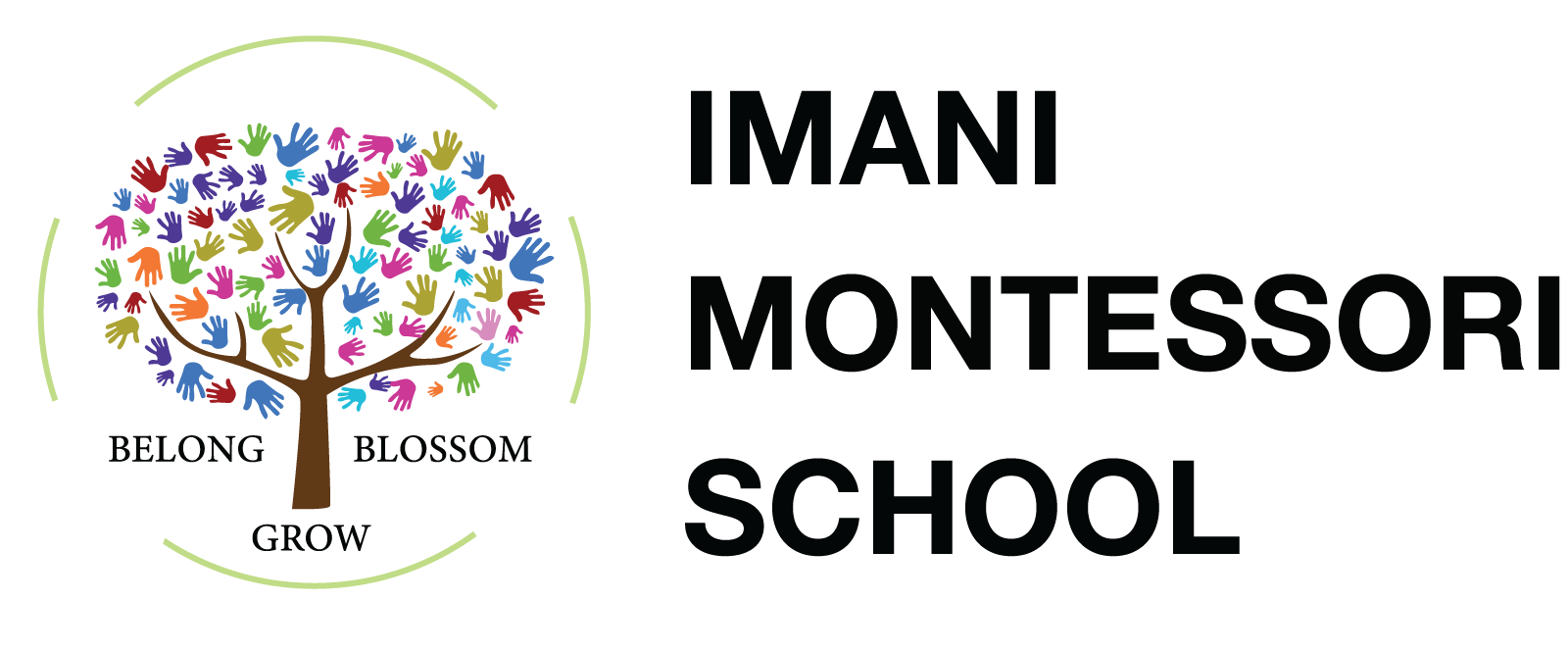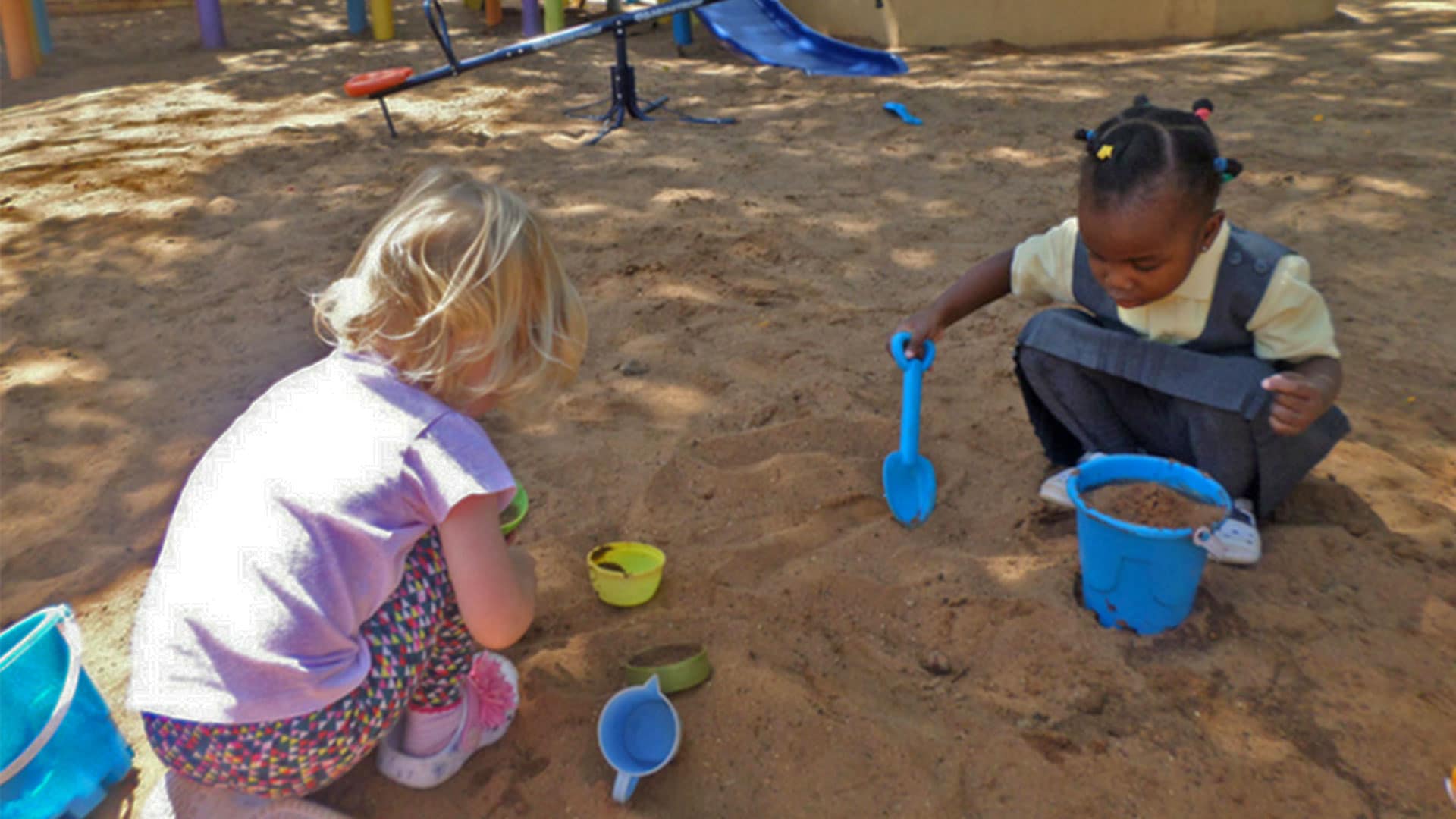Learning at school requires students to pay attention, to observe, to memorize, to understand, to set goals and to assume responsibility for their own learning.
These cognitive activities are not possible without the active involvement and engagement of the learner. Teachers must help students to become active and goal-oriented by building on their natural desire to explore, to understand new things and to master them.
Teachers should avoid situations where the students are passive listeners for long periods of time and provide students with hands-on activities, such as experiments, observations, projects, etc.
Encouraging participation in classroom discussions and other collaborative activities is also an important aspect of how children learn. The Imani Montessori School curriculum allows students to take some control over their own learning. Students in our classrooms are allowed to make some decisions about what to learn and how.
The establishment of a fruitful collaborative and co-operative atmosphere is an essential part of learning at Imani Montessori School.
Curricula and instructions are changing in schools today. They are attempting to become more student-centred than teacher-centred, to connect the school to real-life situations, and to focus on understanding and thinking rather than on memorization, drill and practice.
At Imani Montessori School in Nairobi, we use a comprehensive framework for the design of our curriculum.


Join the Conversation